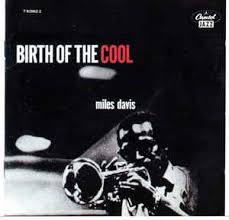
Daily Dose Of Jazz…
Nelson Boyd was born on February 6, 1928 in Camden, New Jersey. He played in local orchestras in Philadelphia, Pennsylvania around 1945, and then moved to New York City in 1947.
While living there Boyd first performed with Coleman Hawkins, Tadd Dameron, and Dexter Gordon. He would go on to play with Sarah Vaughan, Dizzy Gillespie, and Charlie Barnet in 1948. In 1947, he recorded with Fats Navarro and Charlie Parker. He later played with Jay Jay Johnson and recorded with Miles Davis on Davis’s Birth of the Cool sessions in 1949. In addition, Davis’s song “Half Nelson” was named after Boyd because of his stature.
After 1949, Nelson often played with Gillespie and toured the Middle East with him in 1956. Later, he recorded with Melba Liston in 1958 with her trombone ultimates on Melba Liston and Her ‘Bones. He also did sessions with Max Roach and Thelonious Monk.
He recorded four albums with Gillespie, and one each with Milt Jackson, Charles McPherson, Max Roach, and Sonny Stitt, Bud Powell, and J. J. Johnson. Bebop bassist Nelson Boyd, whose last recordings were in 1964, passed away in October 1985.
More Posts: bass,history,instrumental,jazz,music
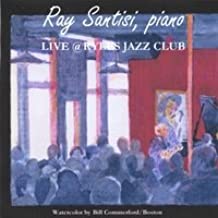
Daily Dose Of Jazz…
Ray Santisi was born on February 1, 1933 in Boston, Massachusetts and grew up in Jamaica Plain. He won an honors scholarship to attend Schillinger House and by the time he graduated it had been renamed Berklee School of Music, and later became Berklee College of Music..
He played as featured soloist with Charlie Parker, Stan Getz, Dexter Gordon, Mel Torme, Irene Kral, Herb Pomeroy and Natalie Cole to name a few. He performed with Buddy DeFranco, Joe Williams, Gabor Szabo, Milt Jackson, Zoot Sims & Al Cohn, Carole Sloane, Clark Terry and Bob Brookmeyer. As a leader he performed with his own ensemble, The Real Thing and in the 1960s performed with the Benny Golson Quartet.
As an educator, in 1957 Ray became a professor of piano and harmony at Berklee College of Music. His students include many notable jazz musicians, including Diana Krall, Makoto Ozone, Joe Zawinul, Keith Jarrett, Jane Ira Bloom, Jan Hammer, Alan Broadbent, Arif Mardin, Gary Burton, John Hicks, Danilo Perez and Hiromi. Fourteen of his students received Grammy awards.
He was awarded grants from the National Endowment for the Arts in composition and performance. He taught at Stan Kenton’s summer jazz clinics throughout the United States, performed in Europe, Scandinavia, and Asia. He performed at the first Jazz Workshop, and in 2008 was nominated to IAJE Jazz Education Hall of Fame.
He authored two books, Berklee Jazz Piano, and his instructional book, Jazz Originals for Piano. His trio played the first Sunday of each month for eleven years at Ryles Jazz Club until the month of his death. Pianist, composer, arranger, and educator Ray Santisi passed away on October 28, 2014 in his hometown.
More Posts: arranger,bandeader,composer,educator,history,instrumental,jazz,music,piano
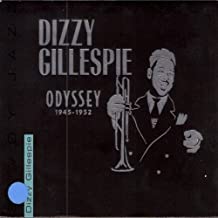
Daily Dose Of Jazz…
Ray Abrams was born January 23, 1920 in New York City, His younger brother was jazz drummer Lee Abrams. He first worked with Dizzy Gillespie in 1945, toured Europe with Don Redman in 1946 and was with Andy Kirk in 1947. He went back and forth between Kirk and Gillespie for decades.
Outside of his work with Gillespie he was best known for the Ray Abrams Big Band. Other bands with which he played into the early 1950s include those of Hot Lips Page, Roy Eldridge, and Slim Gaillard.
Tenor saxophonist Ray Abrams, known for his jazz and jump blues playing, passed away in July 1992.
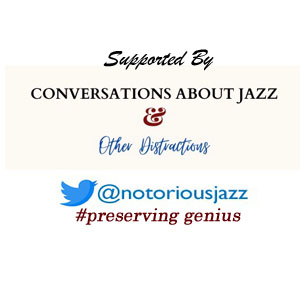
More Posts: history,instrumental,jazz,music,saxophone
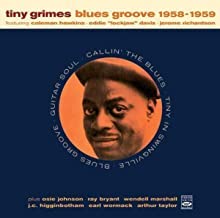
Daily Dose Of Jazz…
Musa Kaleem was born Orlando Wright on January 3, 1921 in Wheeling, West Virginia. He bought a clarinet in 1937, and by 1939 was touring as a saxophonist with the El Rodgers Mystics of Rhythm, featuring Eddie Jefferson on lead vocals.
In the early 1940s he began using the name Gonga Musa, and then Musa Kaleem, the name by which he is best known. He played often in Pittsburgh, Pennsylvania in the Fortiess, gigging with Erroll Garner, Mary Lou Williams, and Art Blakey.
In the middle of the decade he toured with Fletcher Henderson, then relocated to New York City and played with Duke Ellington, Count Basie, Jimmie Lunceford, and the Savoy Sultans by the end of the 1940s. The 1950s saw Kaleem playing on cruise ships, however, upon his return in the 1960s he played with James Moody, Coleman Hawkins, Tiny Grimes, and rejoined Jefferson.
Saxophonist and flautist Musa Kaleem passed away on March 26, 1988 in Los Angeles, California.


Daily Dose Of Jazz…
Simon Brehm was born on December 31, 1921 in Sweden and learned to play the double~bass. He recorded three albums with Quincy Jones. Later in life, he became a record producer and owner of Karusell Records.
Very little is known or written about this musician, but he managed singer Lill-Babs and was the leader of the orchestra that played in the TV show Hylands hörna from 1962.
Double~bassist, composer, and record producer Simon Brehm passed away on February 11, 1967 at the age of 45

More Posts: bandleader,bass,composer,history,instrumental,jazz,music,record producer


